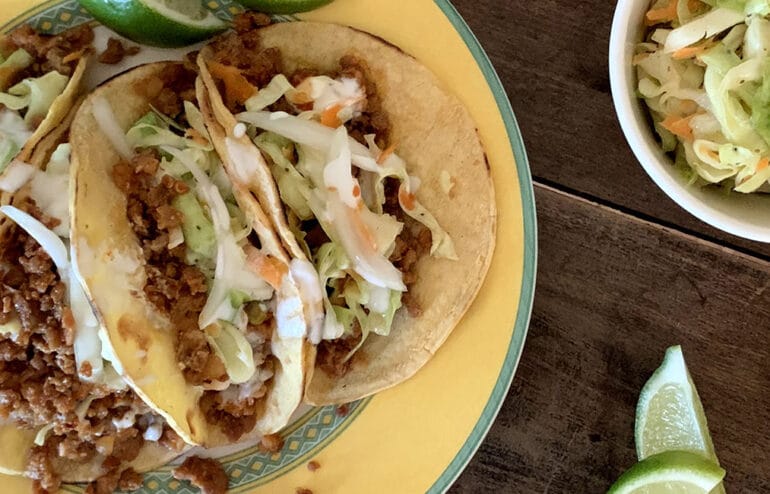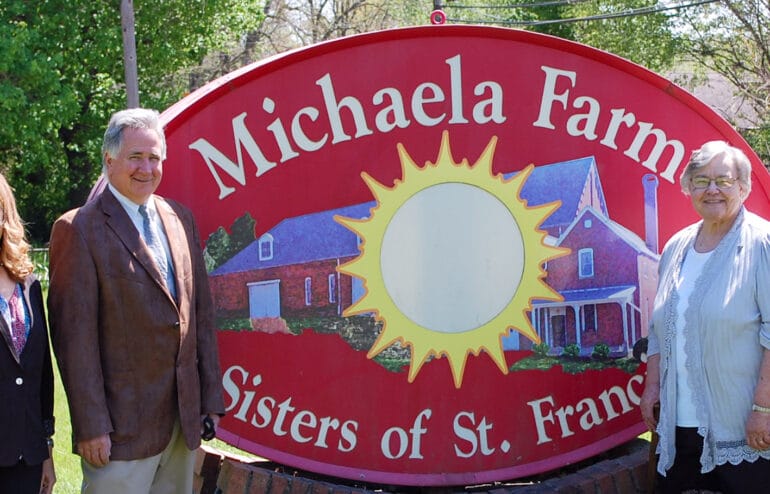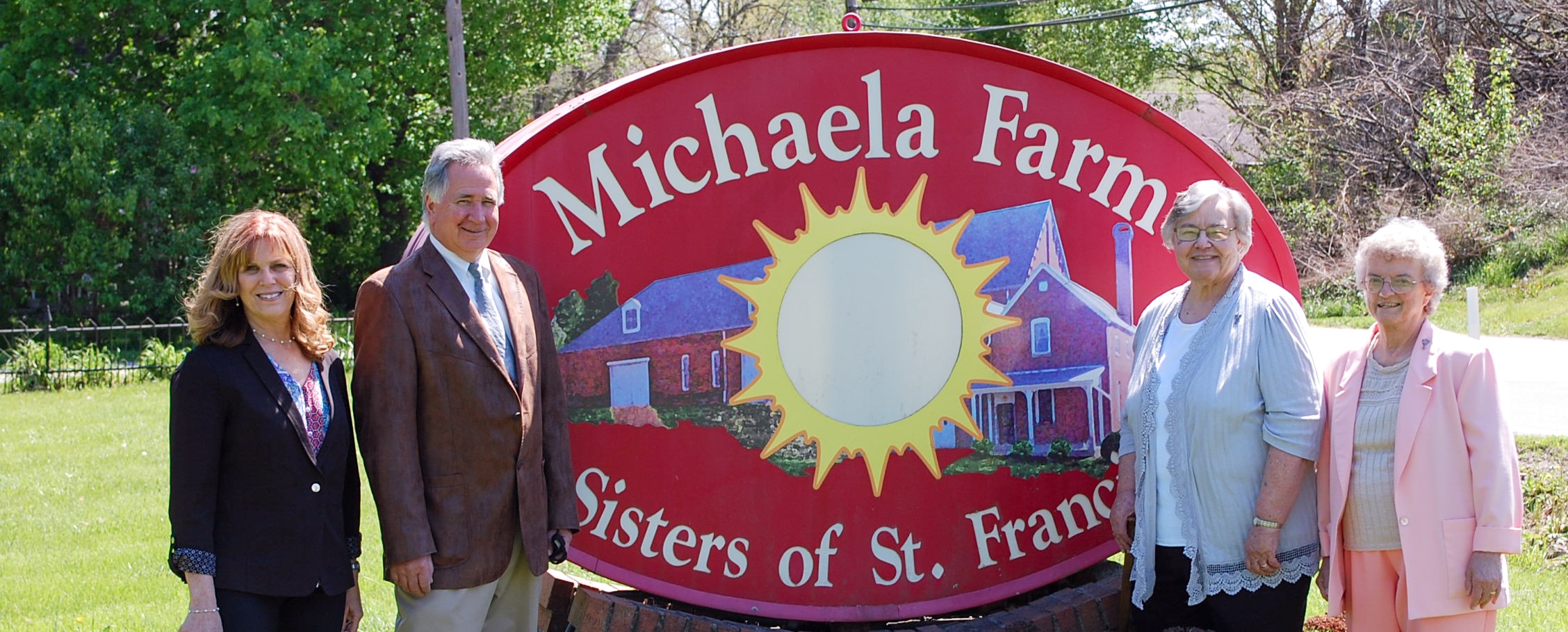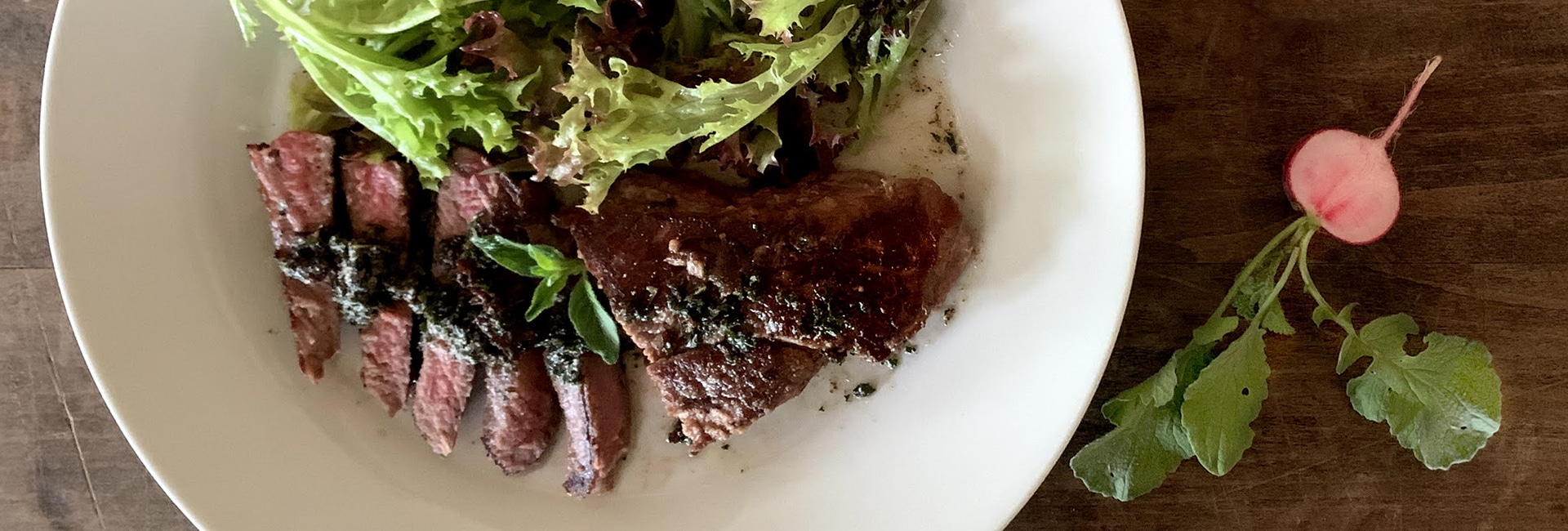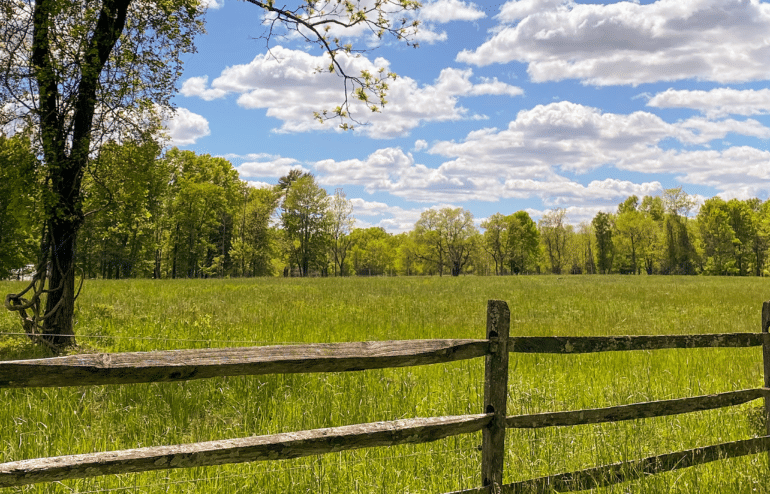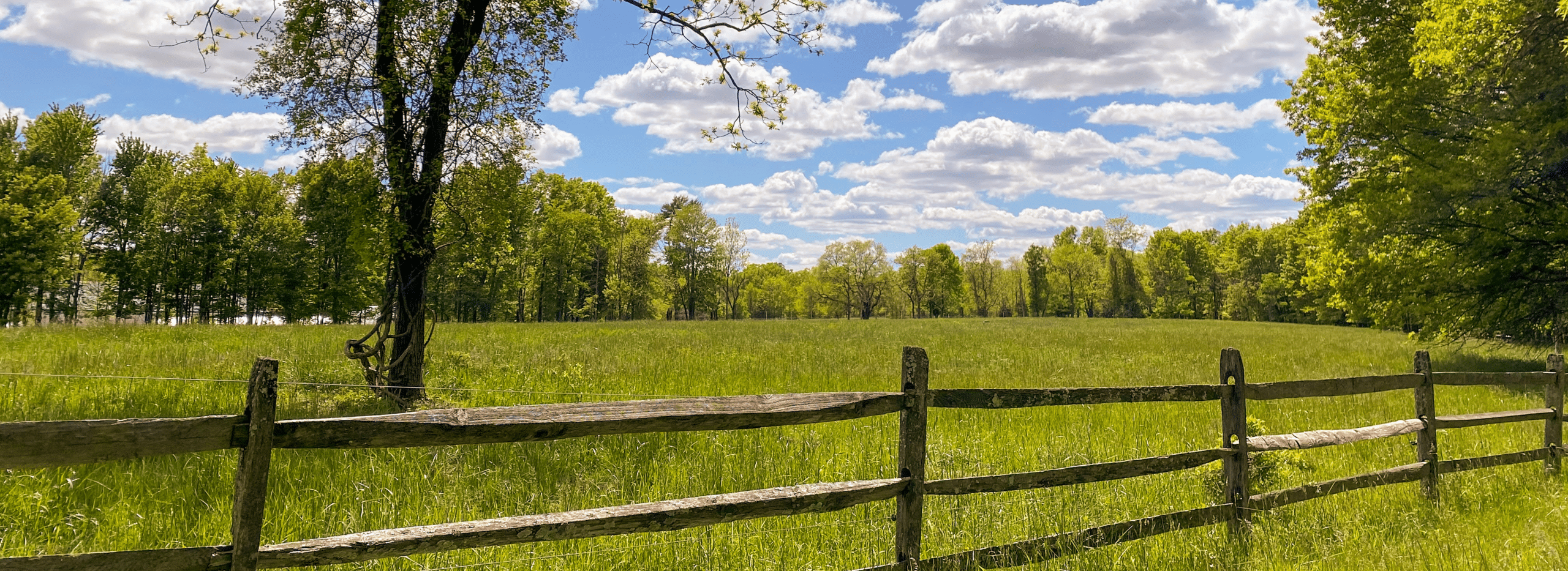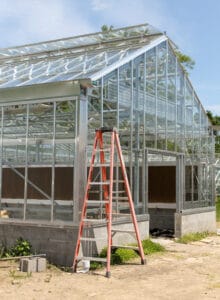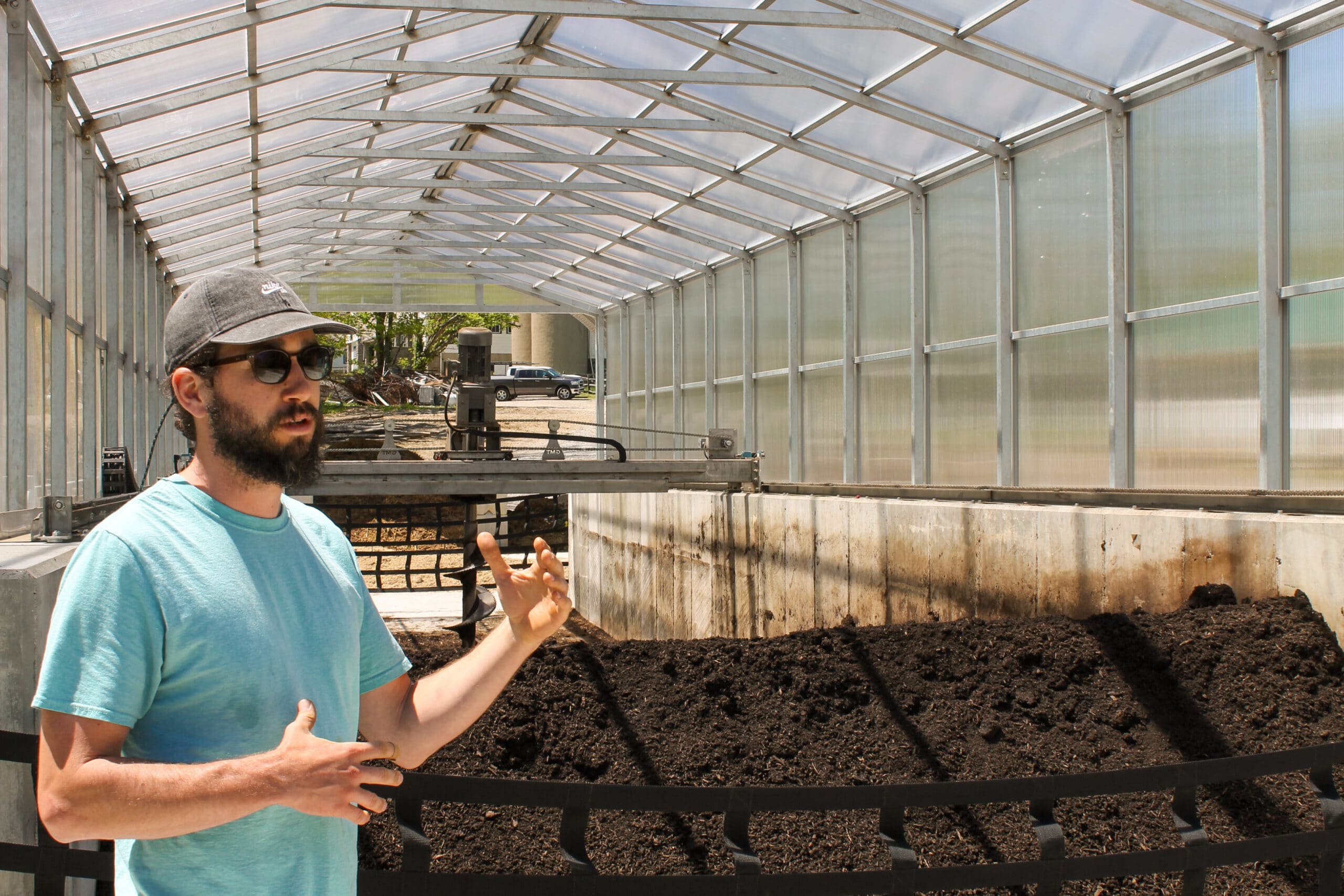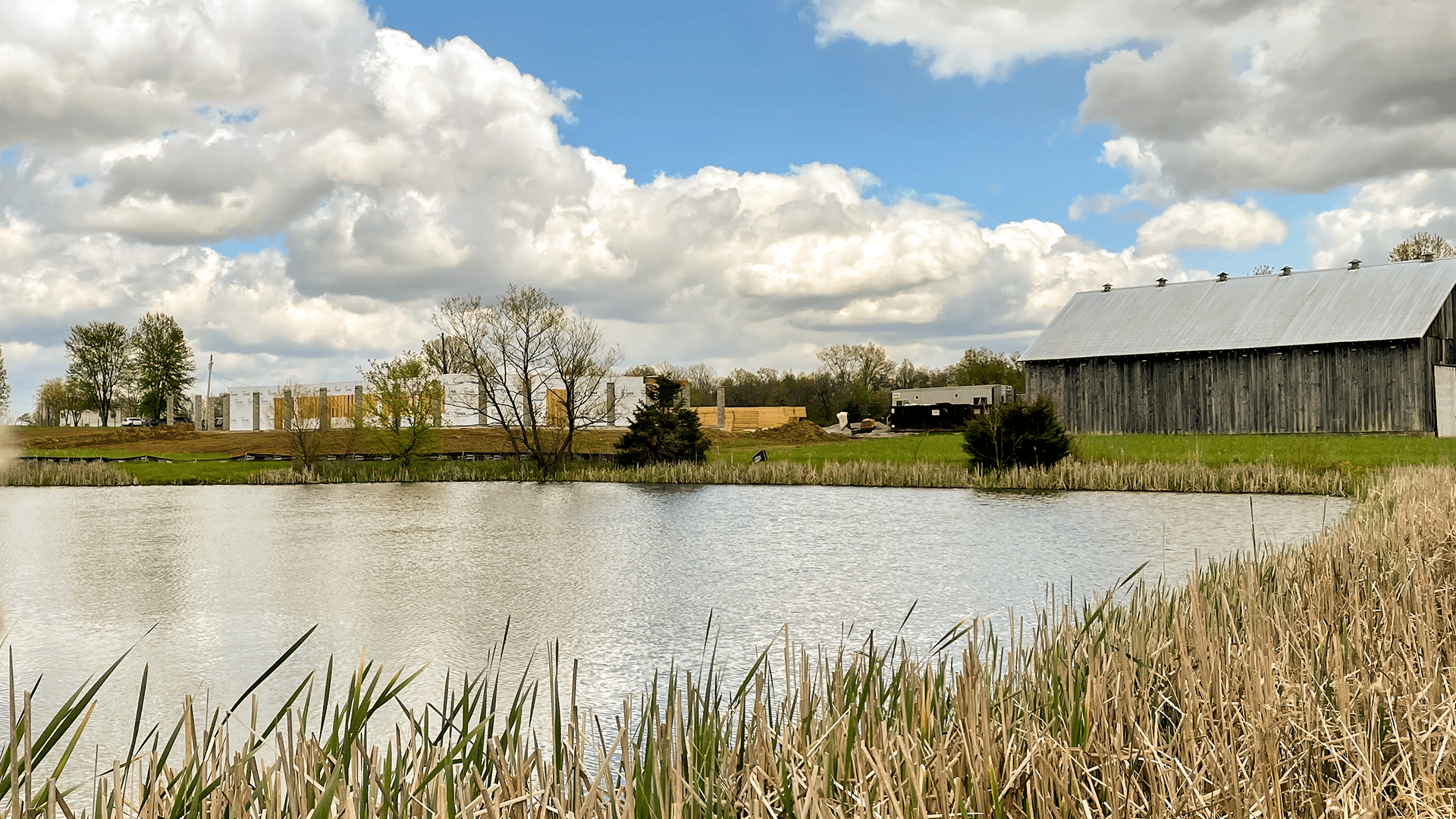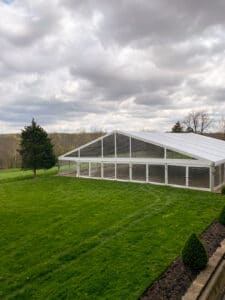Greenacres has officially acquired Michaela Farm from the Sisters of St. Francis of Oldenburg. Conversations and visits between the Sisters and Greenacres began in 2019 and it quickly became apparent that the missions of both parties were very much aligned, eventually leading to formal contract negotiations beginning in 2020 and the closing being finalized this past week.
“We’re excited for what’s next,” says Carter Randolph, Greenacres president. “When working on a project with so much history in the community you want to make sure things are done the right way. For us, that meant taking our time working with the Sisters, learning the values of the organization, and the things that make it so special. As we work to incorporate our mission in Oldenburg, we want to make sure that we preserve those ideals too.” says Randolph.
Now that the sale is official, Greenacres will begin the process of evaluating the property and what it will need in order to begin field trips for local school children potentially as early as spring of 2022. This means looking at things like improved school bus access and accessible trails for all visiting children. Currently, Greenacres serves about 30,000 students in Cincinnati and hopes this acquisition will help expand their ability to educate surrounding communities.
In addition to the education enhancements, Greenacres will maintain the traditions of the farm using generative practices to produce healthy, sustainable products to offer in the Farm Store. “Knowing that the farm will continue to thrive with an agriculture system that we believe in is everything we could have asked for,” says Daniel Wilds, Greenacres Michaela Farm Manager. “We hope our customers stick with us through the transition, as we will still have the products they have come to love and we are thrilled to be able to expand those offerings in coming years,” says Wilds.
Being good neighbors is a key component of the Greenacres mission, so community engagement will also be a top priority. As part of this process, Greenacres will continue to work with the Sisters of St. Francis to learn about the relationships that built Oldenburg and Batesville. “We feel blessed to pass on these sacred acres to a non-profit organization that will honor our farm’s 167-year history and enhances our vision and hopes for its use. The influence of Michaela Farm will expand as its treasures will be shared by a growing number of people, both students and adults, who visit there.” says Sister Delouise Menges, OSF.
Greenacres Foundation was founded in 1988 and was Louis and Louise Nippert’s gift to the community. Combining their love of the land and farming with their appreciation of Cincinnati’s classical arts, Greenacres provides educational programming to over 30,000 local students annually while preserving and generatively farming over 1,200 acres in the Greater Cincinnati area.
The Sisters of St. Francis, Oldenburg, Indiana are the modern legacies of the 800-year-old Franciscan traditions. They are part of a worldwide community of over one million vowed and secular Franciscan men and women who live and pray with us and around us. In 1851, they began an educational endeavor—the foundational seed of the Oldenburg Academy of the Immaculate Conception, and later Marian College—as a way to fulfill the mission and requirement to provide education to the community.
For more information please send inquiries to: mail@green-acres.org.


